For first time ever, Hubble observations reveal a massive galaxy actually in the latter stages of being stripped of its dark matter, say researchers.
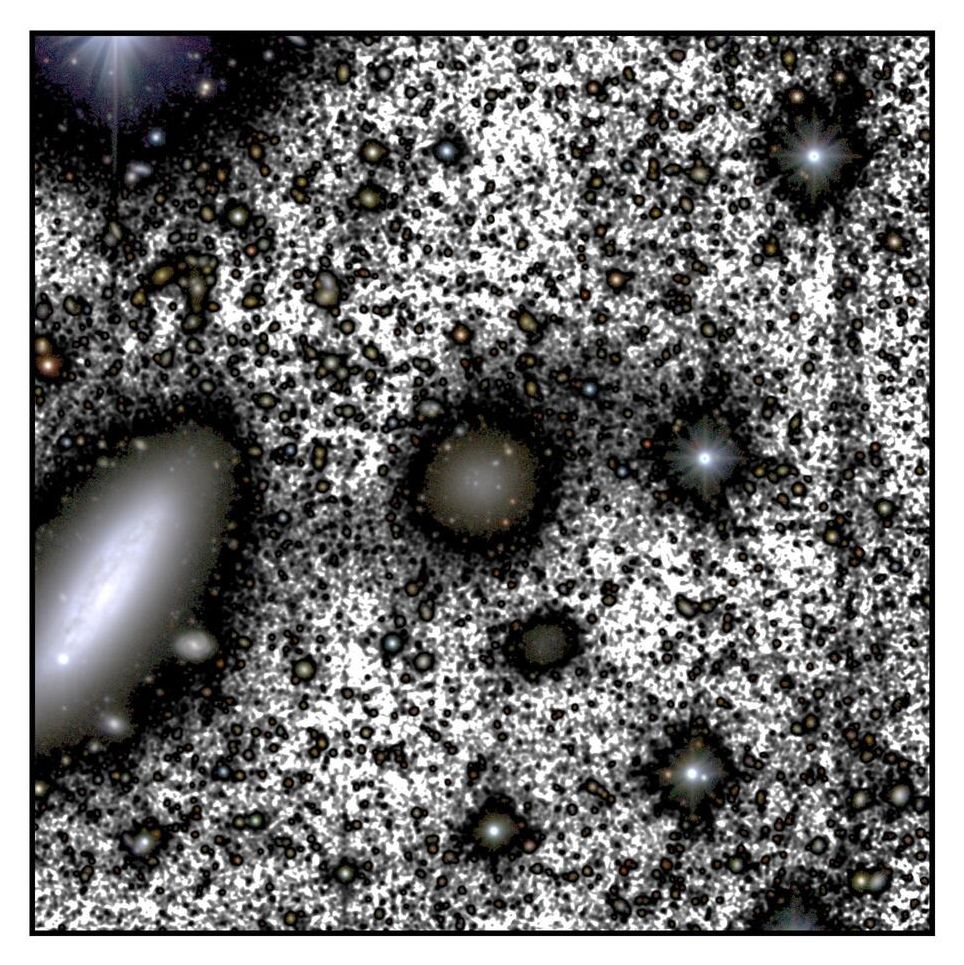

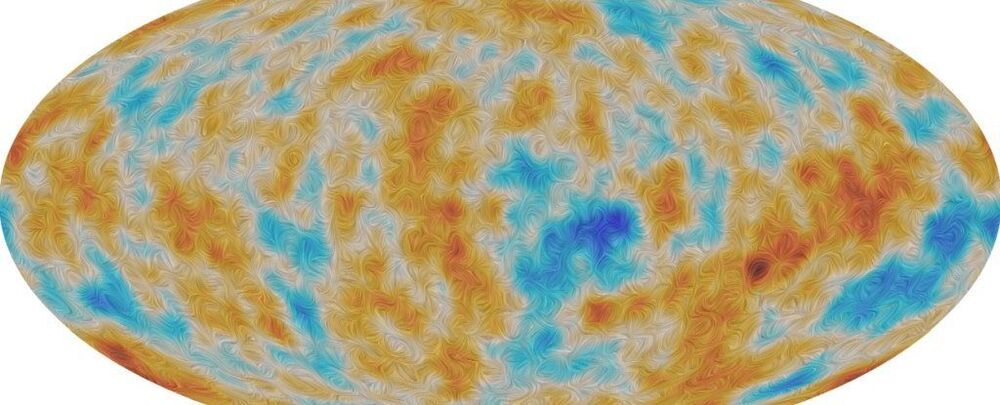
Throughout all known space, between the stars and the galaxies, an extremely faint glow suffuses, a relic left over from the dawn of the Universe. This is the cosmic microwave background (CMB), the first light that could travel through the Universe when it cooled enough around 380,000 years after the Big Bang for ions and electrons to combine into atoms.
But now scientists have discovered something peculiar about the CMB. A new measurement technique has revealed hints of a twist in the light — something that could be a sign of a violation of parity symmetry, hinting at physics outside the Standard Model.
According to the Standard Model of physics, if we were to flip the Universe as though it were a mirror reflection of itself, the laws of physics should hold firm. Subatomic interactions should occur in exactly the same way in the mirror as they do in the real Universe. This is called parity symmetry.
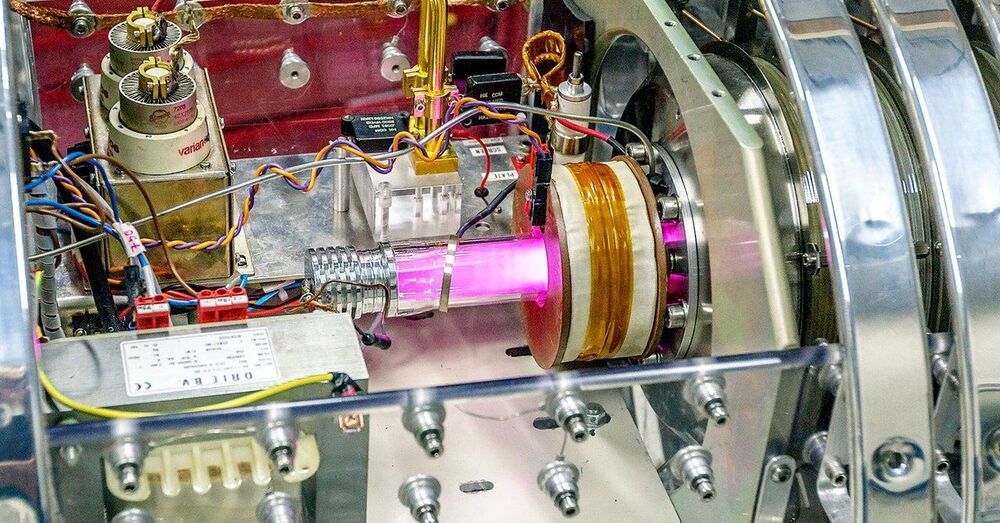
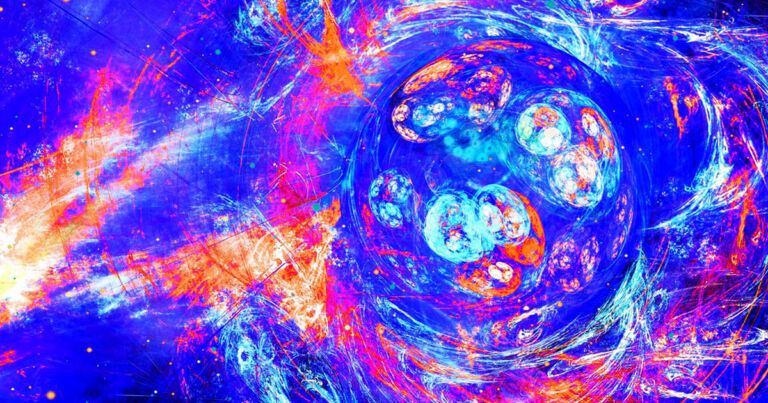
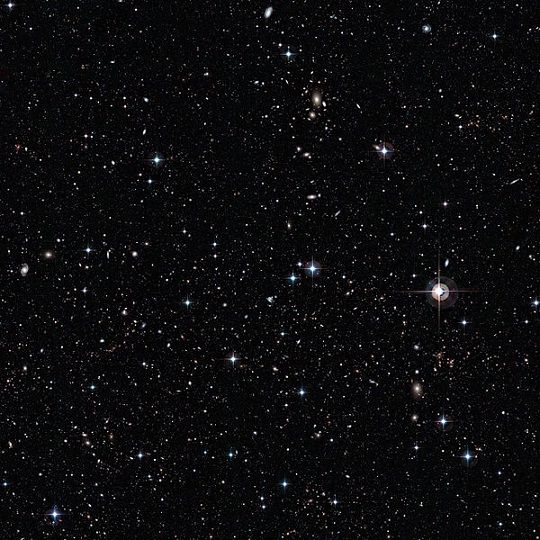
O,.o circa 2011 antigravity? Antimatter gravity equals antigravity: D.
(PhysOrg.com) — In 1998, scientists discovered that the Universe is expanding at an accelerating rate. Currently, the most widely accepted explanation for this observation is the presence of an unidentified dark energy, although several other possibilities have been proposed. One of these alternatives is that some kind of repulsive gravity – or antigravity – is pushing the Universe apart. As a new study shows, general relativity predicts that the gravitational interaction between matter and antimatter is mutually repulsive, and could potentially explain the observed expansion of the Universe without the need for dark energy.
Ever since antimatter was discovered in 1932, scientists have been investigating whether its gravitational behavior is attractive – like normal matter – or repulsive. Although antimatter particles have the opposite electric charge as their associated matter particles, the masses of antimatter and matter particles are exactly equal. Most importantly, the masses are always positive. For this reason, most physicists think that the gravitational behavior of antimatter should always be attractive, as it is for matter. However, the question of whether the gravitational interaction between matter and antimatter is attractive or repulsive so far has no clear answer.
In the new study, Massimo Villata of the Osservatorio Astronomico di Torino (Observatory of Turin) in Pino Torinese, Italy, has shown that an answer can be found in the theory of general relativity. As Villata explains, the current formulation of general relativity predicts that matter and antimatter are both self-attractive, yet matter and antimatter mutually repel each other. Unlike previous antigravity proposals – such as the idea that antimatter is gravitationally self-repulsive – Villata’s proposal does not require changes to well-established theories. The study is published in a recent issue of EPL (Europhysics Letters).
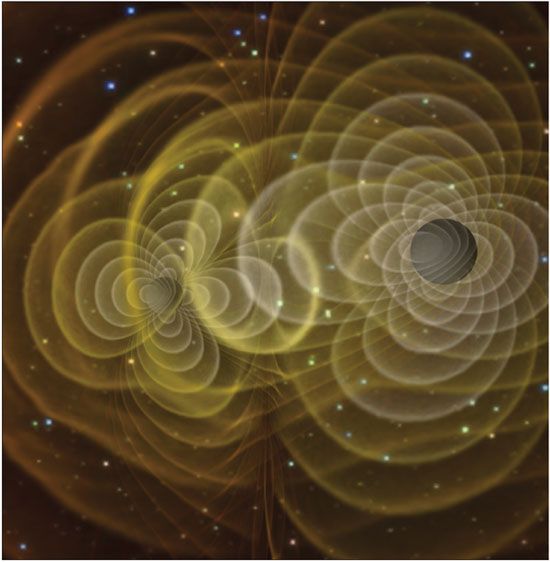

An expert on massive stars, Massey has been studying our nearest grand spiral neighbor, the Andromeda Galaxy for decades now. Andromeda is a cornerstone of almost everything we now know about astronomy — from the first recognition that the cosmos is made up of individual galaxies to the discovery of the universe’s still unexplained dark matter. Please join us as we chat about this beautiful and beguiling galactic neighbor.
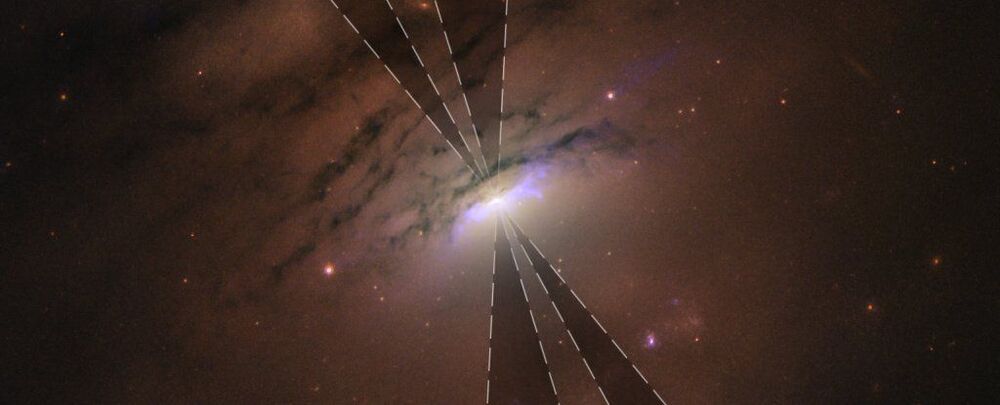
In images from the Hubble Space Telescope, scientists have spotted an entirely new phenomenon. Reaching tens of thousands of light-years into the void of space, vast shadows stretch from the centre of the galaxy IC 5063, as though something is blocking the bright light from therein.
You’ve probably seen something very like it before – bright beams from the Sun when it’s just below the horizon and clouds or mountains only partially block its light, known as crepuscular rays. According to astronomers, the shadows from IC 5063 could be something very similar. They’re just a whole lot bigger – at least 36,000 light-years in each direction.
IC 5063, a galaxy 156 million light-years away, is a Seyfert galaxy. This means it has an active nucleus; the supermassive black hole at its centre is busily guzzling down material from a dense accretion disc and torus of dust and gas around it.
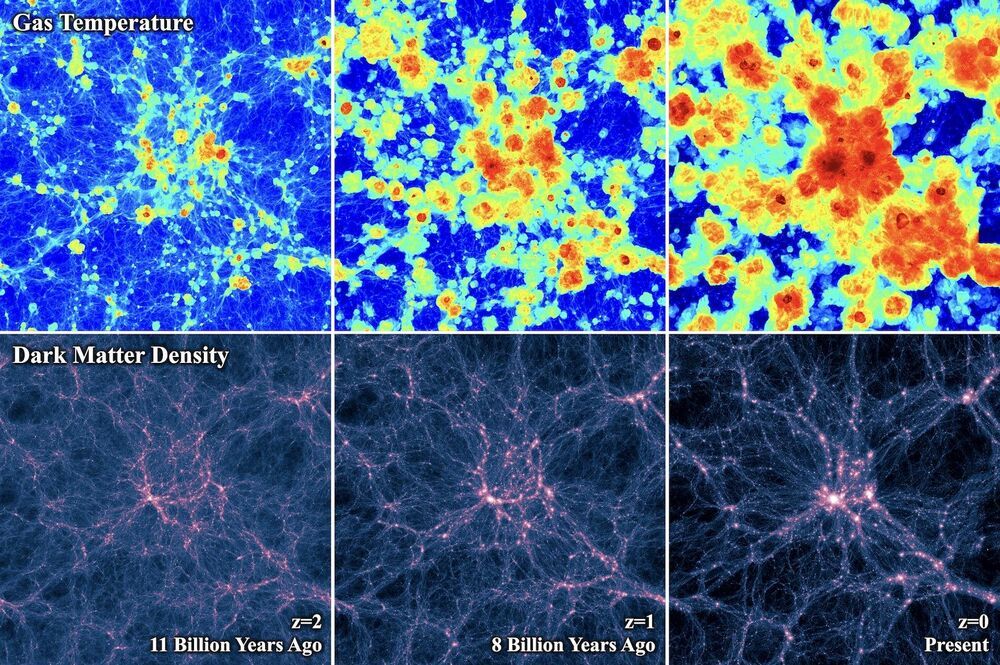
Johns Hopkins University study of 10 billion years of microwaves reveals a warming predicted by dark matter theory.
Who says you can’t get hotter with age?
Researchers from Johns Hopkins University and other institutions have found that, on average, the temperature of galaxy clusters today is 4 million degrees Fahrenheit. That is 10 times hotter than 10 billion years ago, and four times hotter than the Sun’s outermost atmosphere called the corona. The findings are published in the Astrophysical Journal.

Some of the greatest medical discoveries of the 20th century came from physicists who switched careers and became biologists. Francis Crick, who won the 1962 Nobel Prize in Physiology and helped identify the structure of DNA, started his career as a physicist, as did Leo Szilard who conceived the nuclear chain reaction in 1933, writing the letter for Albert Einstein’s signature that resulted in the Manhattan Project that built the atomic bomb, but spent the last decades of his life doing pioneering work in biology, including the first cloning of a human cell.
Today, a group of world-renowned researchers at the Perimeter Institute for Theoretical Physics with expertise from cosmology to quantum gravity are using physics to help fight the COVID-19 pandemic.